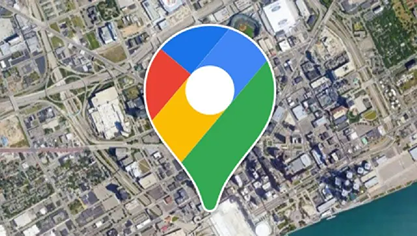In an effort to better serve the unique needs of Indian drivers and commuters, Google Maps is introducing a series of new features.
These updates aim to improve navigation on Indian roads and enhance the overall user experience.
A new AI model has been developed to help users navigate India’s often challenging roadways. This model uses satellite imagery and Street View data to estimate road width and takes into account various factors like tree cover and drainage systems. It aims to help drivers avoid narrow roads and includes callouts for sections where narrow roads are unavoidable. This feature will initially be available on Android devices in eight cities, with iOS support to follow.
Additionally, Google Maps is updating its navigation instructions to be more intuitive for Indian users. For example, instead of using terms like “take a ramp,” the app will now say “take the flyover.” This change is intended to reduce confusion, as many roads are often referred to by names that are not clearly marked.
Google has partnered with India’s Open Network for Digital Commerce (ONDC) and the Namma Yatri ride-hailing app to integrate public transport options into Google Maps. Users in Kochi and Chennai can now book metro tickets directly through the app, receiving QR codes for their tickets upon payment. This feature is expected to expand to more cities and additional modes of transport soon.
For the first time, Google Maps in India will display information about electric vehicle (EV) charging stations, including those for two-wheelers. Partnering with providers such as ElectricPe and Ather Energy, Google Maps will show details about more than 8,000 charging stations across the country.
Google Maps is also bringing curated lists of popular places to visit in several Indian cities. This feature, in partnership with Magicpin and NDTV Food, will help users discover top-rated locations in cities like Delhi, Mumbai, and Bengaluru. Additionally, the app now offers an improved interface for reporting road incidents such as crashes and lane closures.
These updates are part of Google’s ongoing effort to tailor its services to local needs and provide a more seamless and helpful experience for Indian users.



